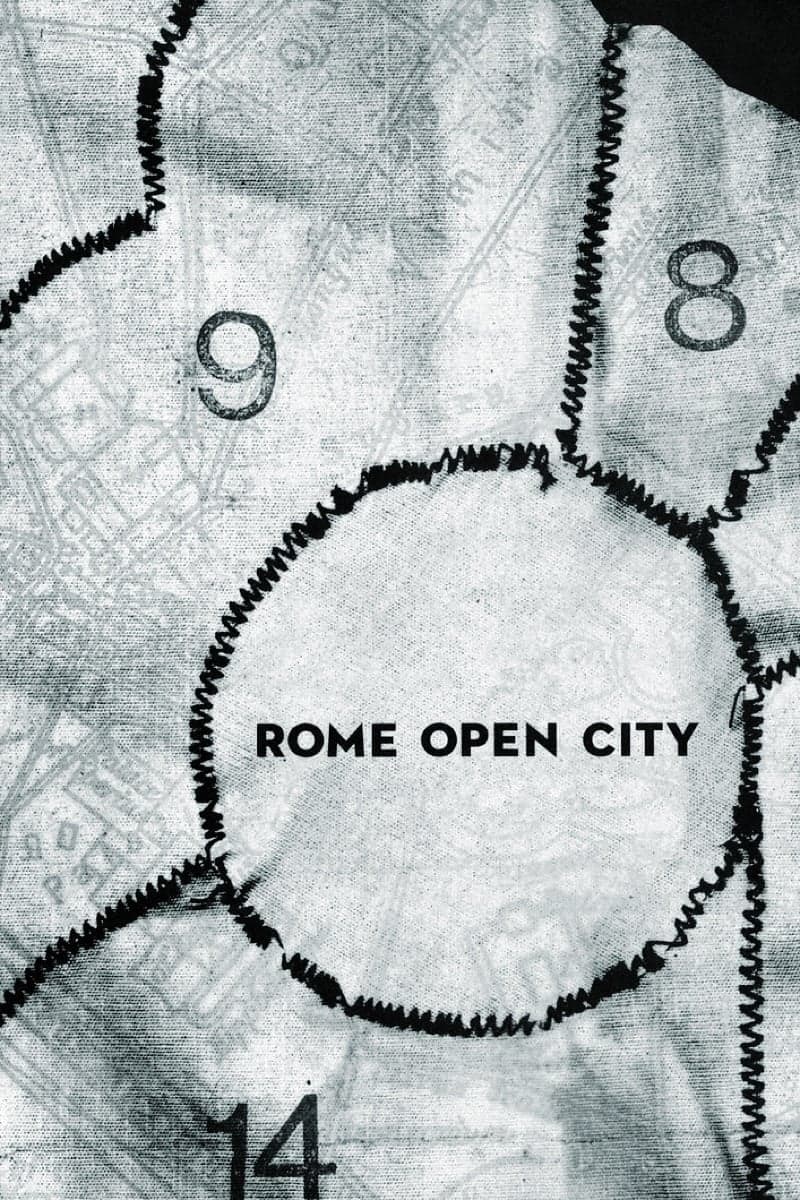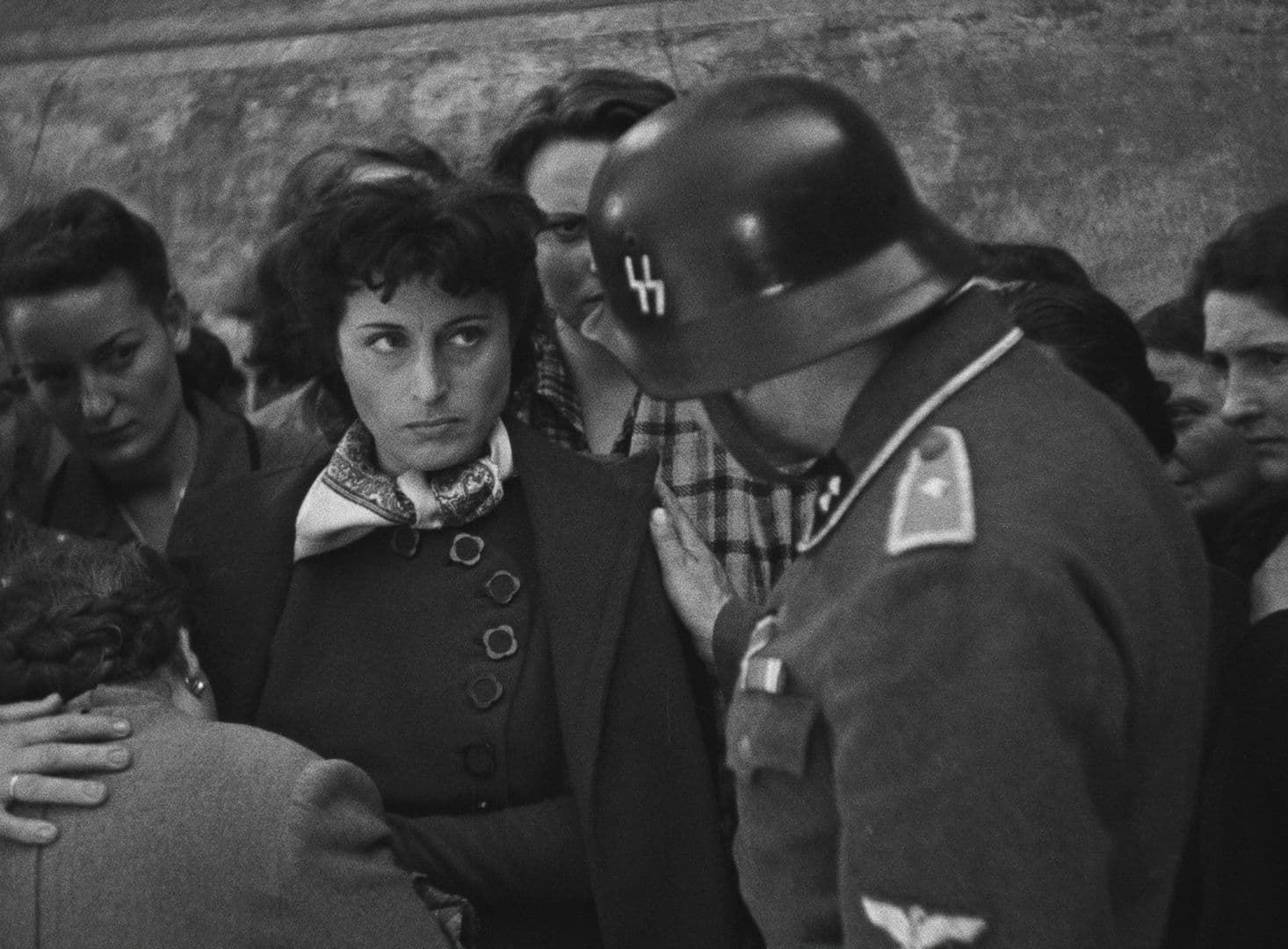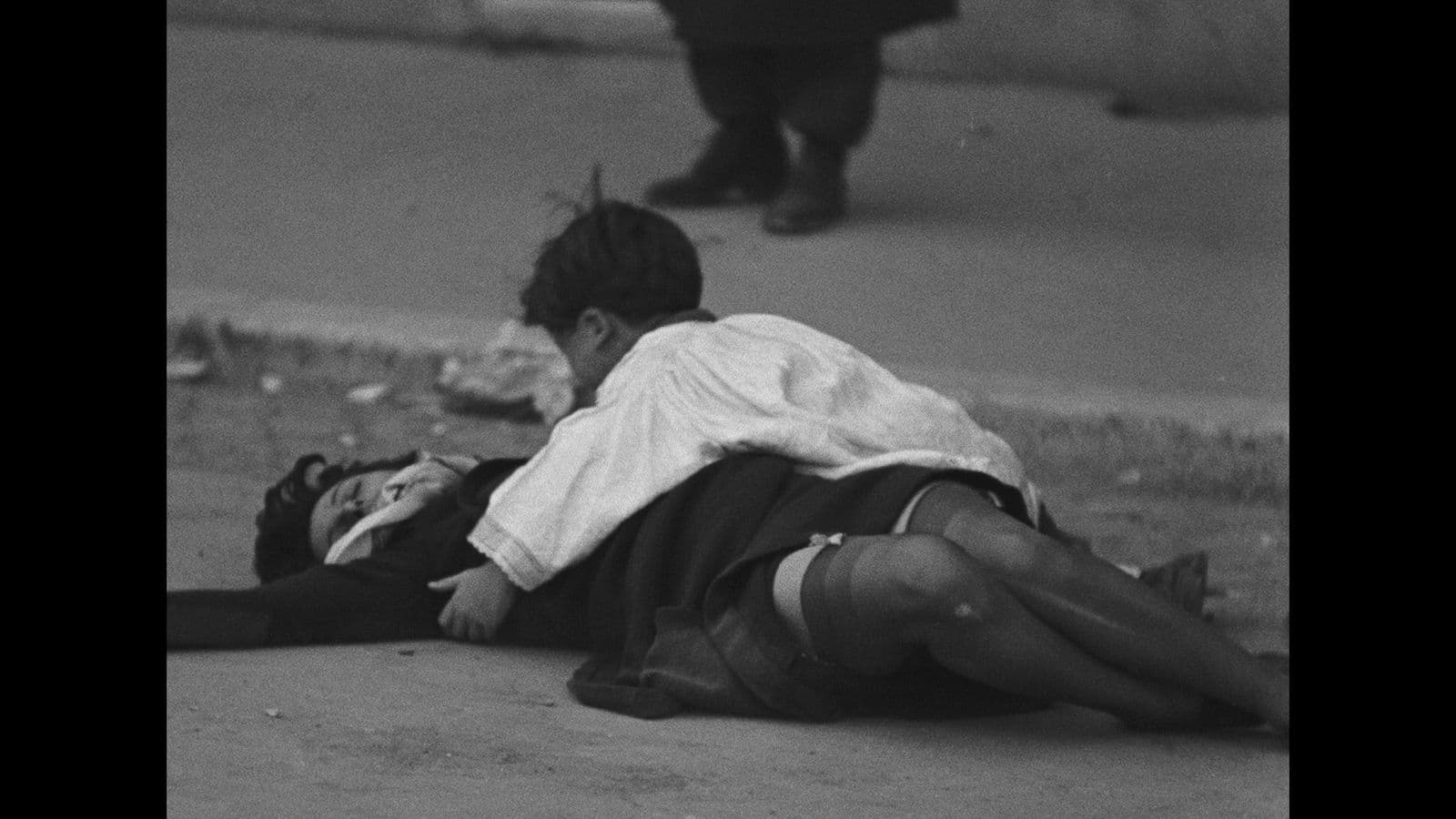
Rome, Open City
1945
Rate this movie
Average: 0.00 / 5
(0 votes)
Director
A crucial work for the genesis of our cinema, which has inspired entire generations of directors. Rome Open City was not just a catalyst, but a true manifesto, a runaway shard of truth hurled against the wall of an era. Its essence lies in its ability to transfigure the rawest chronicle into an everyday epic, forging a model that would shape not only Italian neorealism but also future waves of world cinema. I am thinking of the French Nouvelle Vague, which, despite its declared anti-traditionalist stances and its desire for a cinematic "tabula rasa," could never have disregarded Rossellini's lesson on the authenticity of gesture and the freedom of the camera, or the British Free Cinema, intent on delving into the folds of social reality with the same moral urgency and disdain for studio superstructures.
Rossellini conceived and staged a document that bore witness to the effects of the War in Italy. It was not a simple account of the horrors of war, but rather an almost ethnographic investigation into the soul of a people who, though torn apart, had not lost their dignity. He did so with a groundbreaking work that renounced all mainstream sentimentality to capture nothing but the truth with his camera. Rossellini, with the clarity of a chronicler and the sensitivity of an artist, dismantled the stylistic conventions of pre-war cinema, that saccharine and rhetorical world of the "White Telephones" that had anesthetized Italian screens for years. His gaze is unveiled, so essential as to be almost brutalist in its persistent search for a "truth" that admitted no deceptions, nor concessions to easy Hollywood dramatizations. It is a truth not sensationalized, but lived on the skin, captured in the exhausted yet resilient expressions on faces, in the peeling alleyways, in the muffled roar of bombs tearing through the air, and in the silent echo of hunger and fear.
Rightly or wrongly, the conscious use of the term "neorealism" begins with this work, even if, germinally, it tends to be traced back two years earlier, to Visconti's Ossessione. Intellectual debates. While it is true that Visconti's Ossessione, with its scathing foray into the sordid and the passionate, had already eroded the foundations of regime cinematic formalism, it is with Rome Open City that the definition of "neorealism" crystallizes, taking on the contours of a conscious and disruptive movement. Beyond academic disputes over who holds the conceptual primogeniture, what matters is the deflagration of an aesthetic that becomes ethics, a choice of stance that elevates the poverty of means to expressive virtue. The scarcity of funds, the destruction of Cinecittà studios, the necessity of filming on the street with natural light and often non-professional actors were not limitations, but catalysts for a new visual grammar. Italian cinema thus freed itself from its golden chains, embracing an almost documentary dimension, a "cinema of reality" that directly engaged with the collective conscience of a torn Europe searching for answers.
What we wish to emphasize is the birth of a new way of making cinema, a revolutionary language that, starting from Italy, made its way into the world and conquered intellectual circles first in Europe and then in America. A language that founded its semantic heritage on the restitution of the Truth, stripped of any scenic or mannered embellishment. Its strength resided in the raw and unadorned rendering of reality, stripped of all scenic artifice and any concession to artificial decorum. Every shot, every gesture, every line – often the result of calibrated improvisation and constant rewriting on set, given the makeshift means – contributed to defining a sensory experience that evoked the authenticity of lived experience. There was no room for reconstructed sets, for polished lighting, for studio fictions; wounded Rome, with its rubble and its barricades, became the natural stage for a human drama that unfolded before the eyes of spectators, no longer mere viewers but almost eyewitnesses to a story that belonged to everyone.
The film's story: in occupied Rome at the end of the war, three characters face their dramatic destiny: a woman of the people, a priest loved by the community, and a communist engineer. At the center of this moral odyssey, three archetypal figures rise as symbols of the Resistance, not only military but also spiritual: Pina, the common woman, an energetic and defiant woman, the embodiment of everyday resilience and popular dignity; Don Pietro Pellegrini, the priest who bridges faith and civil commitment, an emblem of a Church rooted in the lives of the people and in the fight for freedom; and Manfredi, the communist engineer, intellectual and organizer of the resistance, representing political struggle and ideological resistance. Rossellini does not indulge in the easy rhetoric of monolithic heroism, but explores the nuances of these existences, the compromises, the fears, the strength inherent in solidarity that is cemented in tragedy. Over everything falls the merciless shadow of the German invader, almost serving as a narrative adhesive for every segment of the work. The Nazi occupation, more than a mere backdrop, becomes a character in itself, an oppressive entity that permeates every aspect of Roman existence, forcing the protagonists to extreme choices and revealing the inhuman brutality of a regime that, for the first first time, was laid bare in its methodical and glacial perversion, far removed from convenient propagandistic representations.
A special mention goes to Aldo Fabrizi and Anna Magnani, two actors who contributed to the success of this work, two magnificent talents born from the intellectual ferment of a nation that immediately wanted to rise again and restart. It is impossible not to celebrate the titanic performance of Anna Magnani, whose Pina is much more than a character: she is a cry of pain and defiance that still resonates in collective memory. Her desperate run behind the truck carrying away her fiancé, her piercing scream that tears through the film's silence, are not only an expression of immeasurable talent, but the catharsis of an entire nation finding its voice in the body and soul of an irreplaceable actress. It is said that Magnani, initially reluctant to take part in the project, was convinced by the power of the screenplay and Rossellini's vision, bringing to the set not only her art, but her most authentic and visceral soul. Beside her, Aldo Fabrizi's statuesque dignity in the role of Don Pietro, a man of faith who gets his hands dirty in human misery without losing his moral purity, offers a counterpoint of sober and moving grandeur. His face, usually dedicated to the most genuine comedy and the popular stereotype, here becomes a vehicle for silent suffering and stoic resistance, embodying the figure of the involuntary martyr with chilling verisimilitude. These two giants of our cinema, together with the non-professional actors and the children, who with their innocent yet knowing gazes close the film in an image of aching hope and uncertain future, lent their faces and bodies to a narrative that transcends the single event to become a universal parable on the human condition under tyranny, on the eternal conflict between good and evil.
A film that represents a coming to consciousness for Italian Cinema: from mere entertainment to a true forge of Art. Rome Open City was not just a film; it was a historical event, a point of no return in the history of the seventh art. It demonstrated that cinema could and should be more than mere entertainment, more than an escape from everyday life. It could be, and Rossellini proved it unequivocally, a magnifying glass on the pulsating heart of reality, a tool of testimony and civic consciousness, a laboratory where art and life merged into a single, powerful, unforgettable narrative. Its imprint is eternal, etched in fire not only in the history of cinema, but in the very memory of a country that, through its images, was able to tell the world of its rebirth, not without scars, but with an unheard-of vital force. A masterpiece that continues to question us about the price of freedom and the courage to fight for it, maintaining its emotional power and its essential ethical and artistic value intact.
Country
Gallery





Featured Videos
Memorable Scene
Comments
Loading comments...